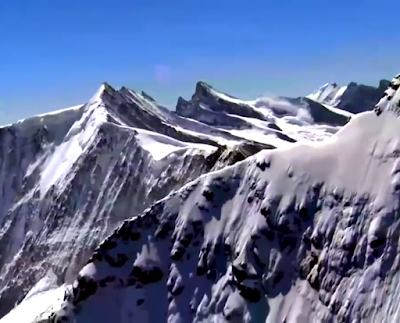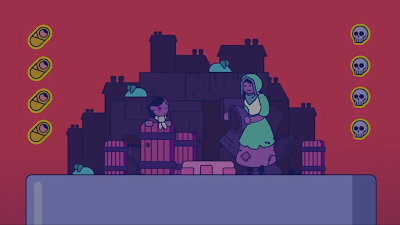Plants have been used as medicine for atleast 100,000 years. In much of the world especially in China and India, herbal remedies are used more than any other kind of medicine. Today, scientists are still researching the valuable healing properties of plants for use in conventional medicines.
Can plants help fight cancer?
Several plants are effective against cancer tumours. One of the most famous is the rosy periwinkle. One of its extracts, vincristine, is very effective against some types of lukemia, a cancer of the blood.
Which plant aid digestion?
Many plants, including the herbs and spices used in cooking, help digestion. In Europe, the bitter extract of wild gentians provides a good remedy for digestive problems.
What is GINSENG?
Ginseng is a plant related to ivy, and has been used as a herbal medicine for centuries. It is claimed-but not proved-to help many conditions, including fatigue and depression, a kidney disease, heart problems, and headaches.
Which plant helps combat MALARIA?
Quinine , from the bark of the quinine tree, which grown from south America Andes, and can cure or prevent MALARIA. before the widespread use of quinine, Malaria used to kill two million people each year.
Which plant is believed to help ASTHMA?
Lungwort is a herb with purple flowers and spotted leaves that are said to look like lungs. For the reason, it is sometimes used to treat asthma. That is no definate proof that it works.
Can WILLOW help pain?
Willow twigs were once chewed to give pain relief. A compound similar to drug aspirin was once extracted from willows and the herb meadowsweet, known as spiraea-giving aspirin its name.


















